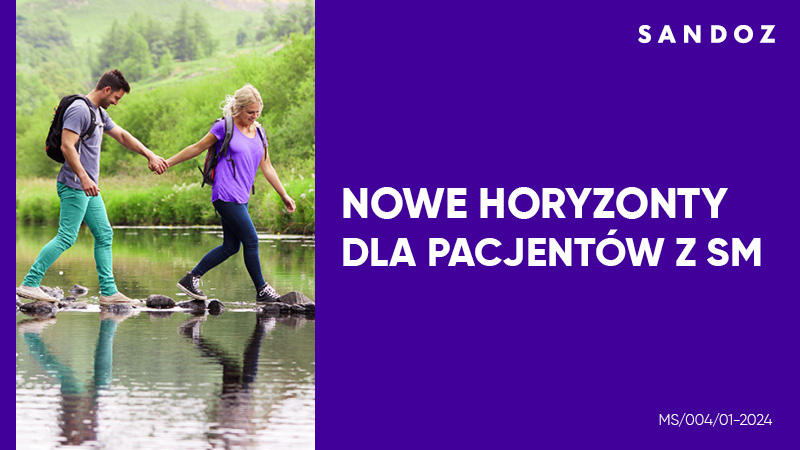Entering the new era of cognitive scoring? Eye-tracking assessment in neurodegenerative disorders
Anna Podlasek1–3, Karol Jastrzębski1,4
 Affiliation and address for correspondence
Affiliation and address for correspondenceBackground: The inci dence of dementia and cognitive deterioration is on the rise. Therefore, objective, fast and repetitive cognitive scoring methodology to screen the population and guide the diagnostic process is needed. Eye-tracking provides gaze patterns metrics based on the pupil size and the point of gaze assessment. Methods: The study evaluated 60 patients with medical anamnesis, Montreal Cognitive Assessment – MoCA test, Geriatric Depression Scale – GDS, and eye-tracking protocol. The novel object recognition test consisted of 30 seconds observation of the set of three images, followed by a 90-second pause, and a repeated 30-second observation of the set of three images with the change of one of them. The comparison was made between the metrics of three subgroups, which were created based on MoCA score and named as controls: ≥26, mild cognitive impairment: 21–25, and dementia: <20. Results: For the novel object recognition task, a control group compared to a dementia group was more interested in the new object during a free observation (repeated measure ANOVA, p = 0.03). Moreover, during the observation of the second set of images, the pupil dilation as a result of a memory recall is more prominent in the control group (t-test, p = 0.009). Conclusion: Eye-tracking is a potentially useful tool for objective assessment of patients’ cognitive status. Further studies are needed to evaluate norms across different ages and cut-off points.







